Employee engagement definition
Employee engagement means how connected and committed employees feel toward their work, organization, and team. Simply put, it’s the emotional investment that drives employees to go beyond just completing tasks for a paycheck — they genuinely care about the company’s success and purpose. Employee engagement helps you measure how motivated, aligned, and satisfied your workforce is, ultimately influencing productivity, retention, innovation, and overall business performance.

Why is employee engagement important?
With new patterns emerging around where, when, and how individuals work, especially with the rise of remote and hybrid work models, maintaining high levels of employee engagement has become more crucial than ever. In this modern workplace, physical presence alone is no longer enough to ensure commitment or performance. Employees need to feel connected to their work, aligned with the company’s mission, and supported by their team, regardless of location.
When employees are truly engaged, they bring more energy, creativity, and purpose to their roles — and the impact shows. Gallup’s 2024 report indicates that highly engaged teams show a 17% increase in productivity. What’s more, organizations with a high level of engagement report 21% higher profitability.
When employees feel engaged, they are more likely to:
- Stay with the company longer, reducing costly turnover
- Deliver high quality work and better customer service
- Collaborate effectively and contribute new ideas
- Adapt quickly to change and support organizational goals
In some cases, employee engagement is more important than the salary. For instance, 71% of Gen Z employees are ready to take a pay cut if it means doing more meaningful work. Despite its potential, only 23% of employees worldwide and 31% in the U.S. fall in the “engaged” category.
Levels of employee engagement
Employee engagement measures how employees feel about their organization based on their perceptions of their work environment. We found four levels of workplace engagement:
Highly engaged employees
Employees who are highly engaged hold very positive opinions of their workplace. These are your brand advocates who speak highly of your organization and will put in the extra effort to help their team succeed. They love their jobs, feel connected to their teams, and have an optimistic outlook for your organization. They encourage and inspire their colleagues to do their best.
Related: Signs of a highly engaged employee
Moderately engaged employees
Moderately engaged employees see their organization as acceptable. They are satisfied with their organization but see opportunities for improvement. These employees are less likely to take on extra responsibilities. Something about the organization or their job keeps them from fully engaging with their team.
Barely engaged employees
These employees feel indifferent about their workplace. They need more motivation for their position and only do as much as they have to, sometimes less. Slightly engaged employees are most likely looking for other jobs and are a high retention risk.
Disengaged employees
And disengaged employees, unsurprisingly, have a negative opinion of their place of work. They need to be more connected to the organization’s goals and mission. They need more commitment to their position and responsibilities. If not handled properly, their negative attitude will spread to their colleagues.
Significance of employee engagement
Gallup reports that U.S. employees felt more detached from their employers, with less clear expectations, lower levels of satisfaction with their organization, and less connection to its mission or purpose, than they did four years ago. They also felt that if someone at work cared about them as a person.
This disengagement has a real cost. According to Gallup’s State of the Global Workplace: 2023 Report, actively disengaged employees costs $8.8 trillion to the global economy. That’s equal to 9% of global GDP. In the U.S. alone, disengagement led to $1.9 trillion in lost productivity in 2023. Furthermore, 33% of American workers are actively engaged in their jobs. The majority falls into the categories of “just showing up” (52% ) or “actively disengaged” (17%).
This is a clear signal that organizations must prioritize employee engagement to drive performance and create a positive employee experience — one where people feel valued, connected, and supported.
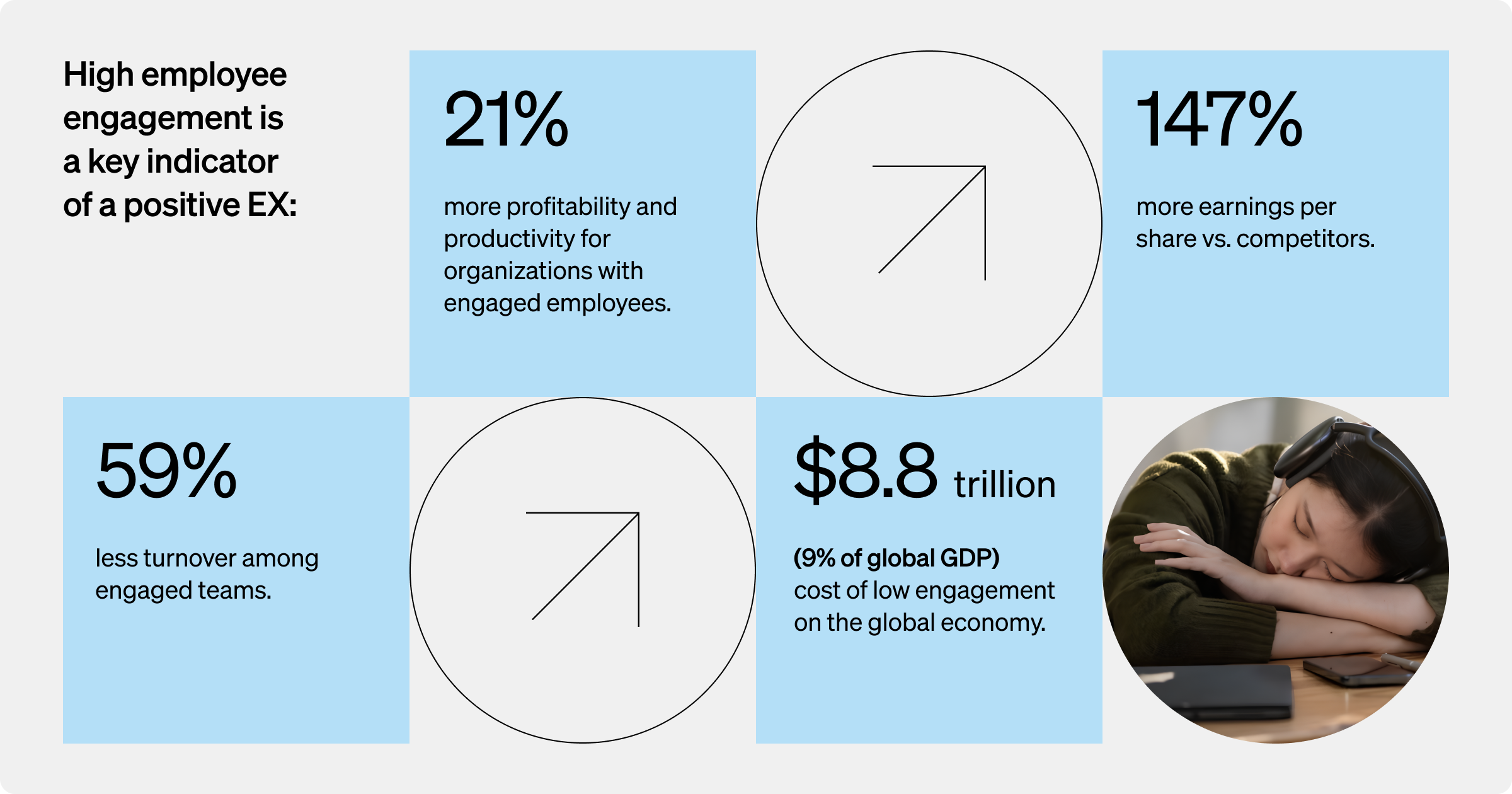
How to measure employee engagement?
It’s great when organizations look for ways to improve employee engagement, and even better when they measure it. Measurement is the first step organizations must take before implementing any meaningful action. But if they don’t measure with the right metrics, then actions won’t have a measurable impact on the business outcomes.
Here are the employee engagement metrics that you should measure:
- Track perceptions: Engaged employees can be identified based on their perceptions and feelings. Conduct employee engagement surveys to determine if employees are proud to be part of the organization. Ask yes/no questions or request them to rate their likelihood of recommending someone to apply for a job. Periodically repeat these questions to track changes in their perceptions.
- Evaluate confidence levels: Before loyalty, the employee first loses confidence in the organization. It is the responsibility of leadership to restore confidence before employees reach a point of no return. Seek feedback regularly, listen actively, and act transparently on concerns. When employees see their voices driving real change, confidence is restored.
- Identify changing motivations: Understand what drives your workforce and spot behavior patterns. The more employees align with your mission and values, the stronger the organization’s impact. Good people managers can influence individuals to align their personal goals with the organization’s mission or identify potential exits.
Benefits of employee engagement
There are numerous benefits of having engaged employees.
- Increased employee productivity: Employee productivity isn’t only about the direct connection between producing more and making more. It’s about creating a working environment where employees can do their best work while remaining engaged in their work. Highly engaged teams are 14% more productive than teams with the lowest engagement.
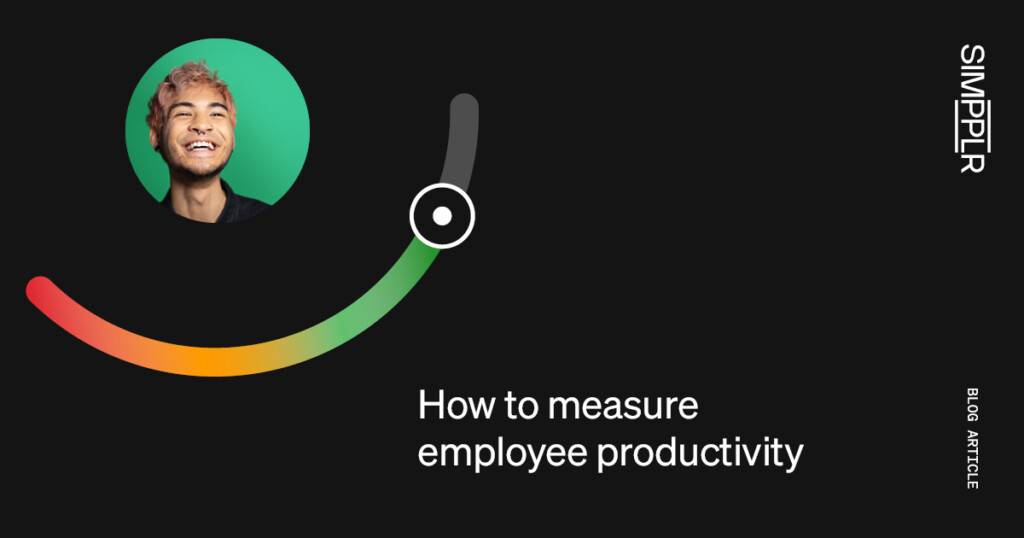
- Better team performance: Team performance goes beyond just hitting targets — it’s about collaboration, trust, and shared purpose. Engaged employees communicate more openly, support one another, and are more committed to collective success. With high engagement levels, teams are more agile, innovative, and effective at problem-solving, leading to consistently better outcomes.
- Less workplace stress and burnout: When engagement is high, employees are more resilient, better equipped to manage challenges, and less likely to experience burnout. Research shows that 79% of employees face work-related stress, often pushing them to leave their jobs. Building strong engagement helps prevent this, creating healthier, more sustainable work environments.

- Lower employee absenteeism: When employees feel disconnected from their workplace, they often adopt a transactional mindset — leading to behaviors like quiet quitting, bare minimum Mondays, and an “act your wage” approach. However, absenteeism naturally declines with increased employee connections with peers, managers, and leaders who see and value them as individuals.
Related: How to engage employees in the workplace - Higher retention rates: Employee engagement has a strong impact on employee retention. Fully engaged employees are more likely to be fulfilled at work and less likely to leave. Reports suggest that highly engaged employees are 87% less likely to quit their jobs.
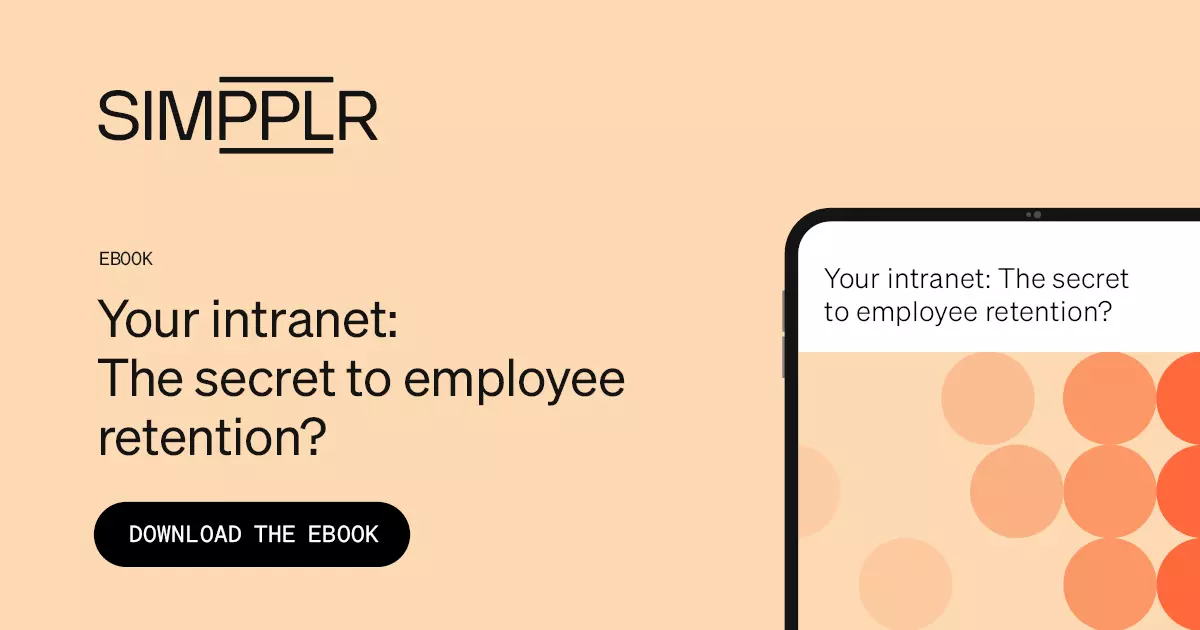
Tools to gauge employee engagement
Management plays a crucial role in driving the results, which reflect both leadership quality and highlight areas for improvement. But management alone cannot sustain engagement. Organizations need the right tools to identify trends, uncover hidden issues, and enable data-driven actions that strengthen engagement across all levels.
Here are a few methods to gauge how engaged employees are:
360-degree feedback
360-degree feedback offers a well rounded view of an employee’s performance by collecting feedback from multiple sources — peers, direct reports, managers, and even external stakeholders. It not only provides employees with constructive insights on their strengths and weaknesses but also gives organizations a deeper understanding of career development, leadership effectiveness, and collaboration patterns.
Employee net promoter score (eNPS)
The eNPS is an easy way to measure employee happiness and loyalty. It’s based on one simple question: “On a scale of 0 to 10, how likely are you to recommend our company as a great workplace?” The higher the score, the more engaged and satisfied your team is.
Performance reviews
Modern performance reviews are evolving into two-way conversations that explore both achievements and engagement levels. When done thoughtfully, reviews give employees a platform to discuss their aspirations, roadblocks, and experiences, offering managers real-time insights into motivation and morale.
One-on-one meetings
Frequent, open conversations between managers and team members are one of the simplest yet most powerful tools for measuring engagement. These meetings allow managers to check in on workload, clarify goals, offer support, and build trust — creating space for employees to voice concerns and feel heard.
Employee sentiment surveys for engagement
One of the best ways to understand how your employees feel and how engaged they are is by using surveys and feedback. Earlier, employers relied solely on gut feelings or informal chats to gauge employee sentiment; now, structured surveys provide timely and relevant sentiment insights to improve EX delivery continuously.
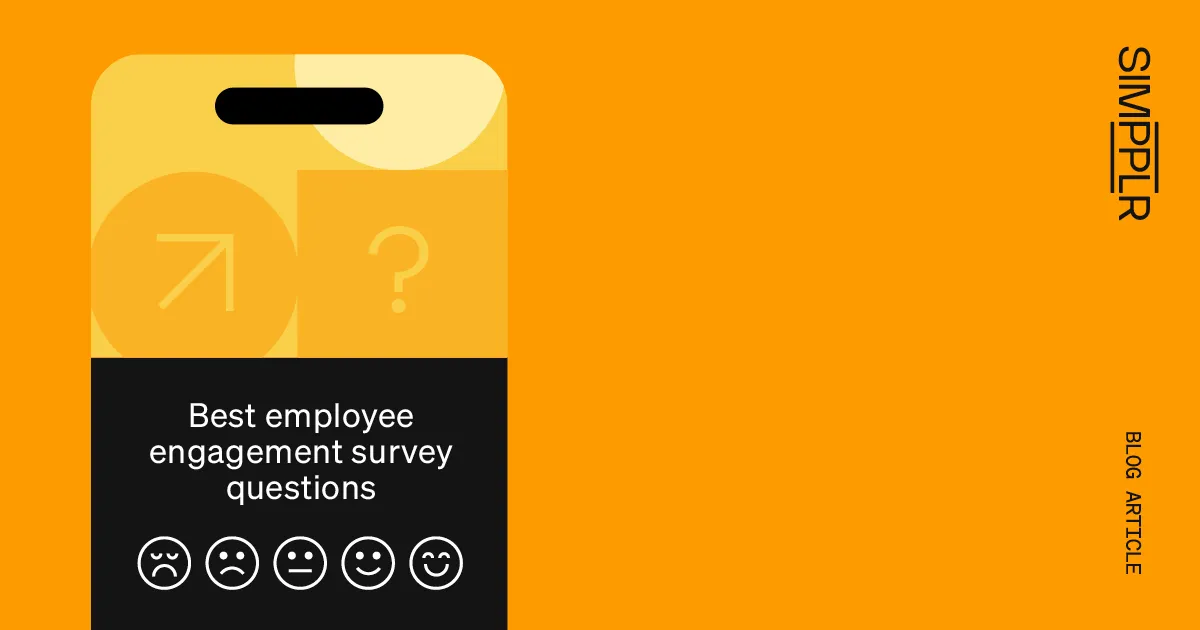
Employees are busy, so make sure you draft your questions in such a way that it doesn’t feel like an additional task.
Pro tip: Use AI-powered employee surveys to capture rich feedback with built-in pulse, engagement, and ad hoc surveys, and prompt action on the insights to improve the employee experience. With Simpplr Surveys, leaders can understand employee needs through passive listening and collect data points across the platform to detect emotions, sentiment and platform usage patterns.
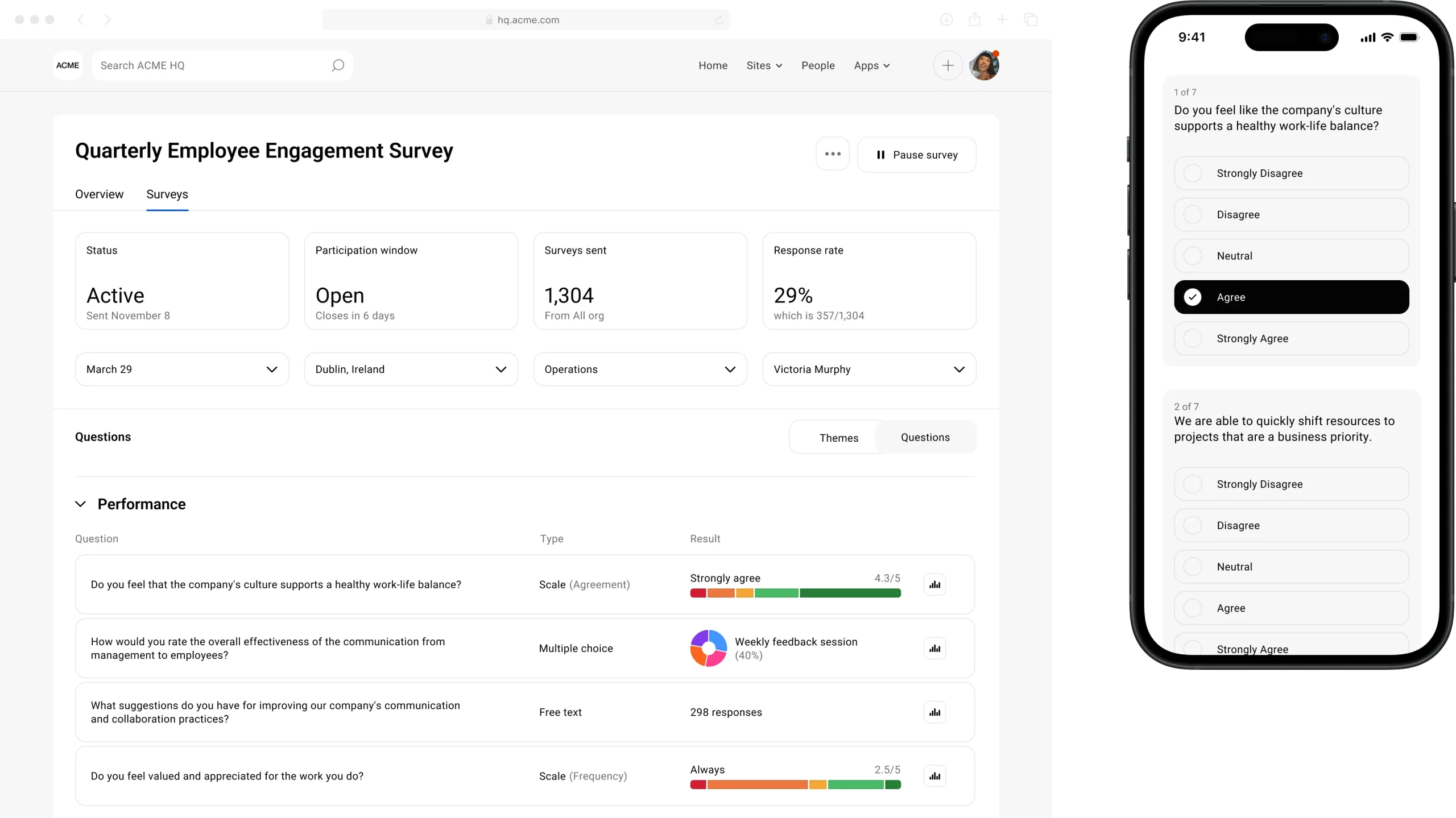
How to improve employee engagement in your organization?
If your organization struggles to keep your team engaged and active, you aren’t alone. Here are a few ways to improve and strengthen employee engagement with the right approach:
Proactively streamline internal communication
More engaged employees are more productive employees — and internal communication is central to connecting employees to each other and shared organizational objectives. However, an ineffective communication strategy can lead to disengagement, misalignment, errors and a major loss of productivity. When employees don’t have the information they need to efficiently and effectively complete their tasks, move forward on a project, or make decisions, it can cause profitability and productivity to plummet.
One of the best ways to improve communications within an organization is by leveraging a platform, like a modern intranet, that can share targeted and personalized messaging and democratize content creation.
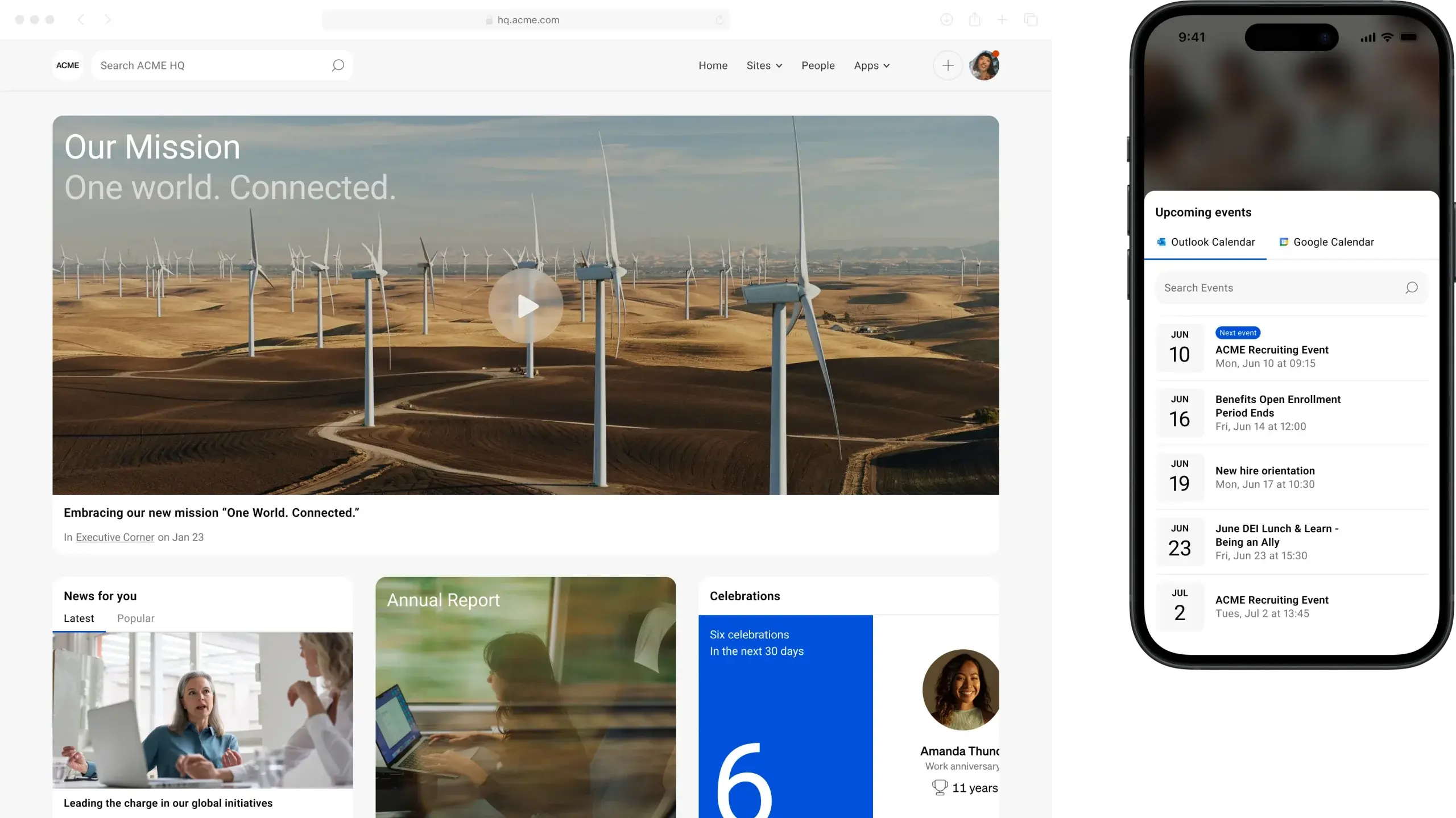
Encourage feedback and actively listen to your employees
Employees want to feel heard and believe their ideas matter, which means investing in both passive and active listening, offering ongoing feedback, and acting on what leadership has learned to enhance employee experience.
Therefore, use an employee listening tool to unearth hidden employee sentiment that traditional surveys often miss — in real-time. This AI-powered passive listening tool analyzes sentiment data gathered through polls, pulse and traditional surveys, sentiment check, awareness check, and everyday interactions, like comments.
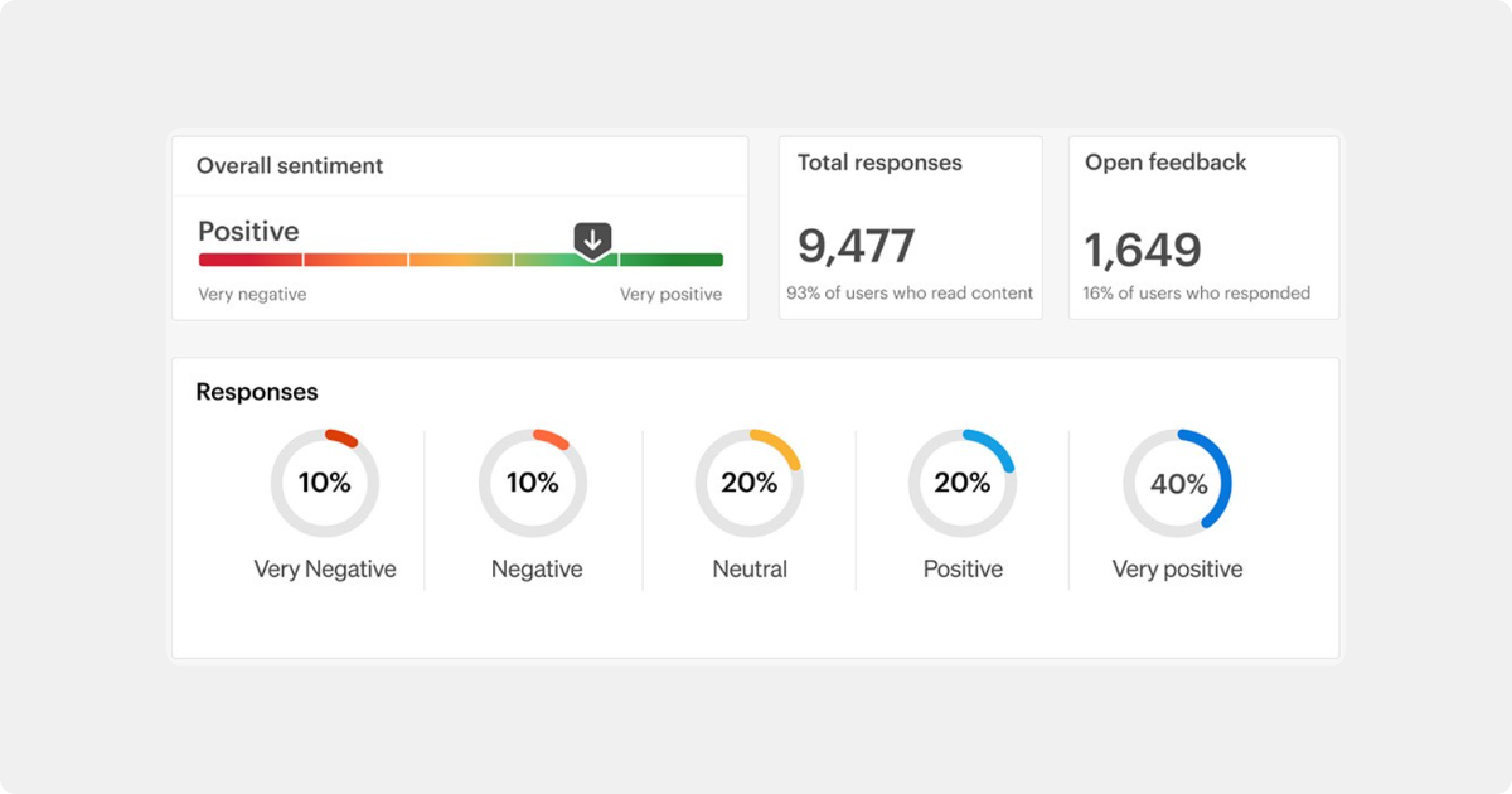
Focus on employees’ learning curve
Employees have a psychological need to learn and grow as human beings and organizations that recognize this not only engage their workforce but also help them pursue their personal goals. According to Gallup, organizations that invest in employee learning and development (L&D) initiatives observed 11% greater profitability and are twice as likely to retain their employees. Encourage managers to upskill and help employees draft individual development plans that align with their personal and professional goals.
Give employees autonomy
When employees are free to decide how they work, they feel more trusted, empowered, and motivated. Autonomy boosts ownership, sparks creativity, and drives better results — turning employees from task-doers into true problem-solvers. The more control they have over their work, the more engaged and committed they become. So, empower employees to focus on the outcome and avoid breathing down their necks.
Recognize and reward positive behavior
Rewards & recognition can improve employee engagement, well-being and drive motivation — leading to significant business results:
- Enhanced engagement and productivity: Organizations that implement effective recognition programs report up to a 14% increase in employee engagement, productivity, and performance compared to those without such programs.
- Reduced turnover: Companies with strong recognition cultures experience a 31% lower voluntary turnover rate, highlighting the role of appreciation in employee retention.
- Improved business outcomes: Firms that allocate at least 1% of their payroll to recognition initiatives are 79% more likely to achieve their business goals.
Simple shout-outs in team meetings, personalized thank-you notes, bonuses, gift cards or company-wide acknowledgments are some of the examples to give recognition.
To simplify recognition efforts, use a modern intranet that integrates recognition and reward features to help employees easily recognize their peers’ achievements and publicly celebrate them using five social media templates.
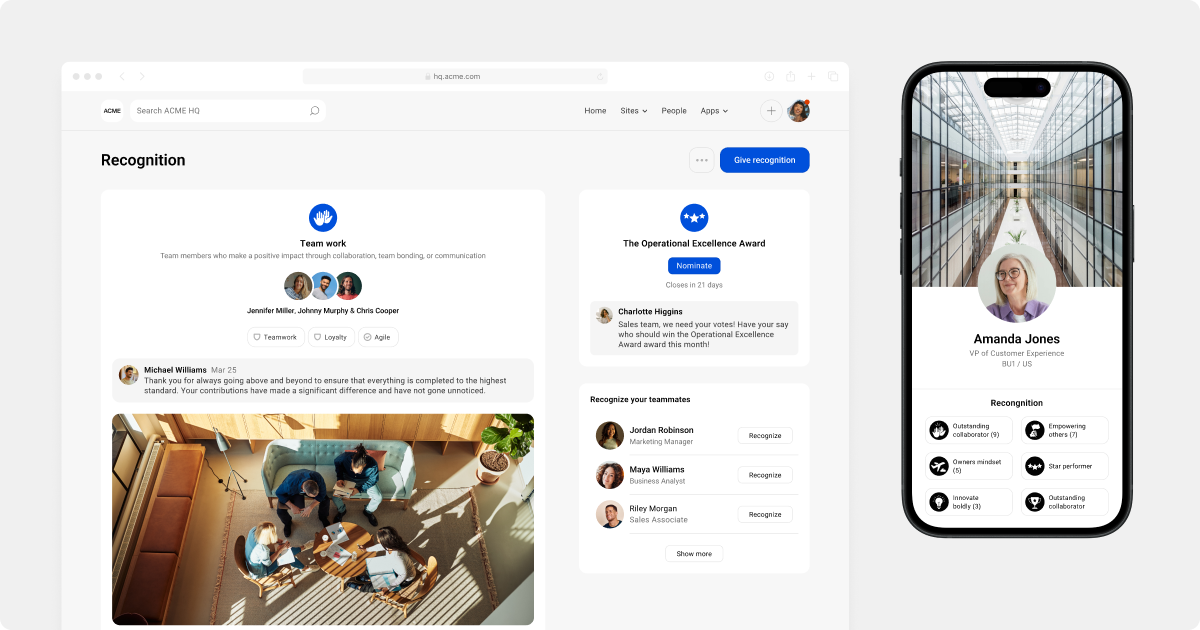
Related: Agero unites workforces with Employee Recognition, sparking 22x engagement in the digital workplace
Ready to see how Simpplr can deliver a seamless and personalized employee experience that values employee engagement more than anything? Get a live demo to get started.

Watch a 5-minute demo
See how the Simpplr employee experience platform connects, engages and empowers your workforce.
- #1 Leader in the Gartner Magic Quadrant™
- 90%+ Employee adoption rate







